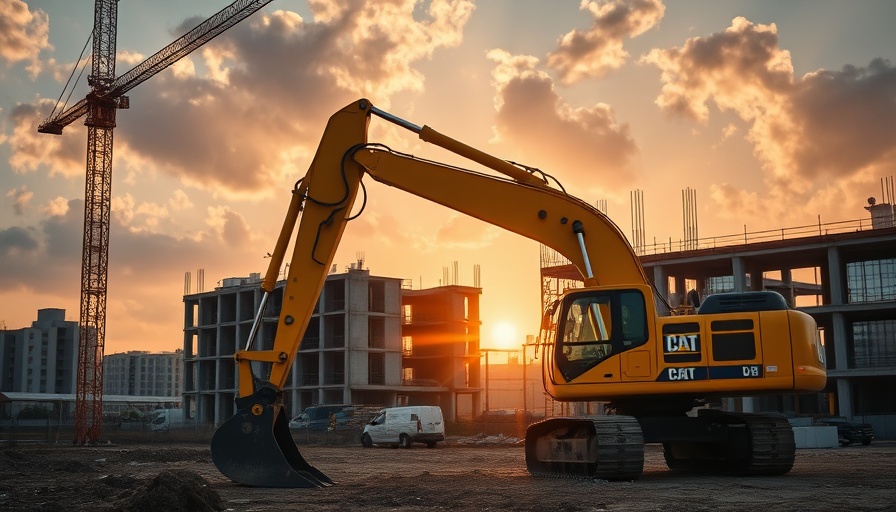
Vanderbilt University's Bold Move: Powering San Francisco's Comeback
In a significant development for the Bay Area, Vanderbilt University is considering establishing a campus in San Francisco, marking a pivotal moment that could contribute to the city's resurgence. Positioned as a beacon of higher education, such a move could not only invigorate the local economy but also reshape the educational landscape of the region.
The Impact of Higher Education on Local Economies
Higher education institutions play a critical role in economic revitalization. By attracting students from diverse backgrounds, they drive demand for housing, create jobs, and spur local businesses. Nashville-based Vanderbilt's potential campus in San Francisco could foster similar growth, leading to vibrant neighborhoods, bustling cafes, and an energized community.
Community Engagement and Collaboration
Successful integration of a new campus into the San Francisco community relies heavily on collaboration between the university and local stakeholders. As the city grapples with challenges like gentrification and housing shortages, community-focused initiatives and partnerships can ease tensions and create benefits for both long-time residents and newcomers alike.
San Francisco's Path to Revitalization
San Francisco has faced economic hurdles in recent years, but there are signs of recovery. With positive trends in tech and other sectors, the prospect of a prestigious institution like Vanderbilt setting up shop might serve as the linchpin for a more robust economic future. This aligns with current narratives surrounding the city’s revitalization, suggesting a renewed hope for residents and businesses alike.
Broader Educational Trends Across the Nation
The movement of universities towards urban centers is a trend witnessed nationwide, reflecting a shift in educational priorities. With students increasingly seeking urban campuses that merge academic rigor with vibrant city life, Vanderbilt's potential campus could be part of a larger narrative impacting cities across the U.S., where education, culture, and economy converge.
Potential Challenges Ahead
While the prospect of a new campus is exciting, it is not without challenges. Issues such as zoning laws, community resistance, and the logistics of establishing new facilities need to be navigated carefully. These hurdles necessitate thorough discussions involving community members, city planners, and university officials to ensure that any development benefits all parties involved.
Conclusion: Embracing Opportunities for Change
As Vanderbilt University explores the potential of a San Francisco campus, the ramifications extend beyond education. This is an opportune moment for the Bay Area to embrace change and innovation that can transform lives, relationships, and the economy. Modern cities thrive through cooperation and shared goals, and this endeavor has the potential to redefine San Francisco's trajectory.
In conclusion, it is crucial for stakeholders to remain engaged and proactive in the dialogue surrounding this development. As San Francisco stands on the brink of reinvention, the voices of parents, educators, and residents will be instrumental in shaping this bright future.
 Add Row
Add Row  Add
Add 




Write A Comment